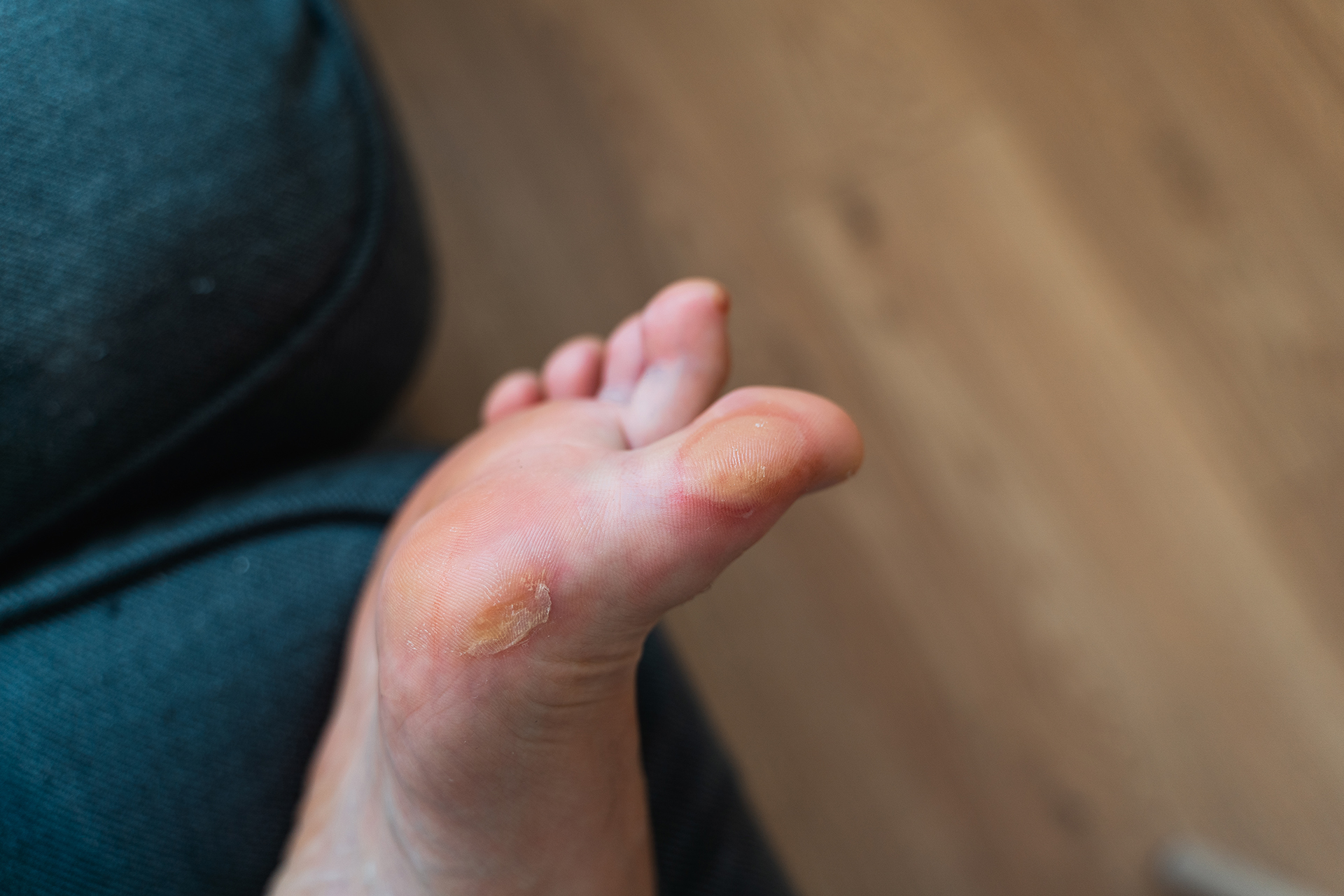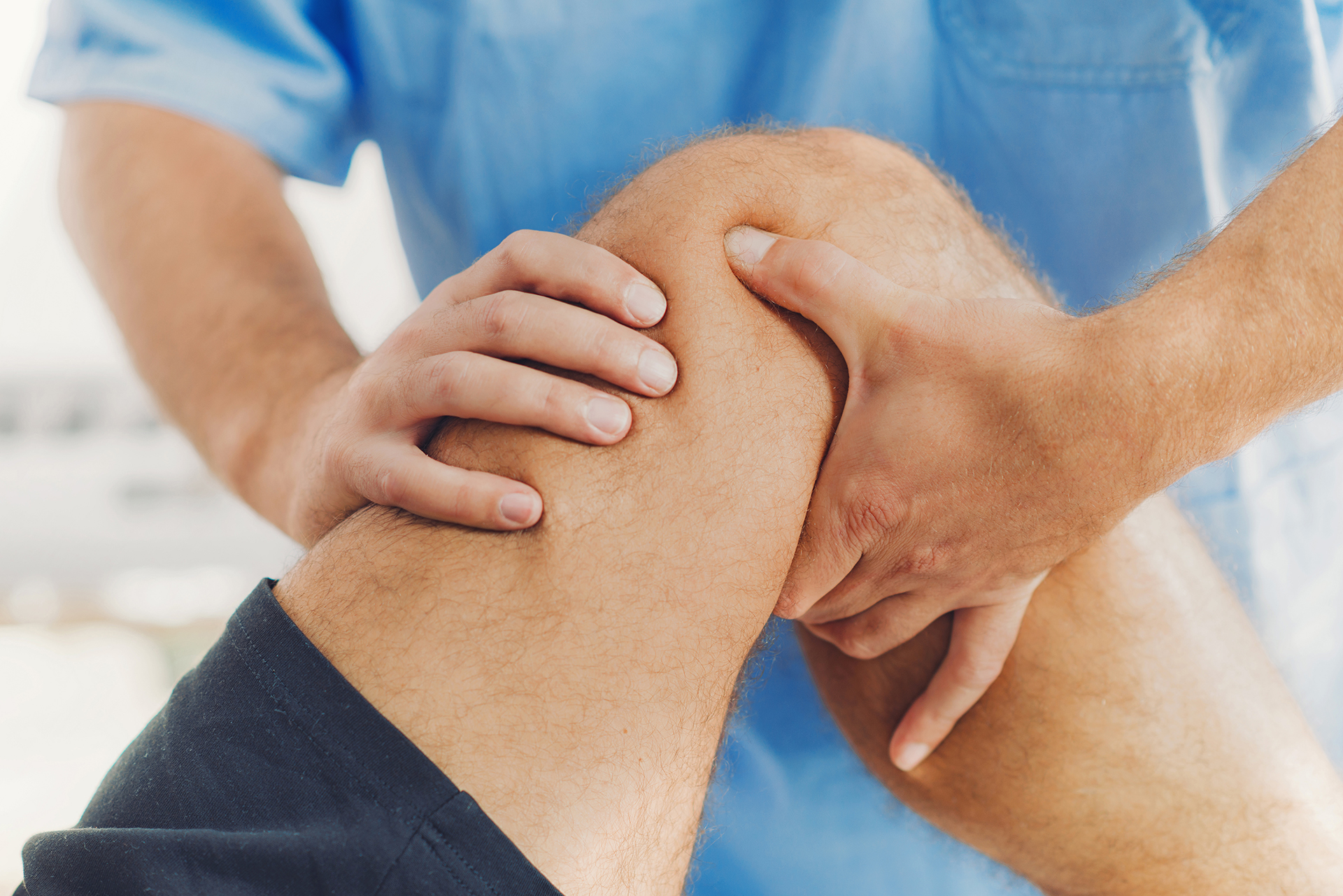Blisters on the feet may seem like a minor annoyance, but for runners, athletes, and anyone else who is always on the move, they can be a real pain. Whether it’s a painful blister on the base of the foot after a long run, a fluid-filled bubble under the sole from hiking, or even a burning sensation from fungal infections, blisters on feet can affect mobility and overall well-being. At The Foot Practice, we understand that these seemingly minor issues often indicate something more complex and require careful, expert care. If you want to go beyond treating a single blister and prevent them from occurring in the future, this is essential.
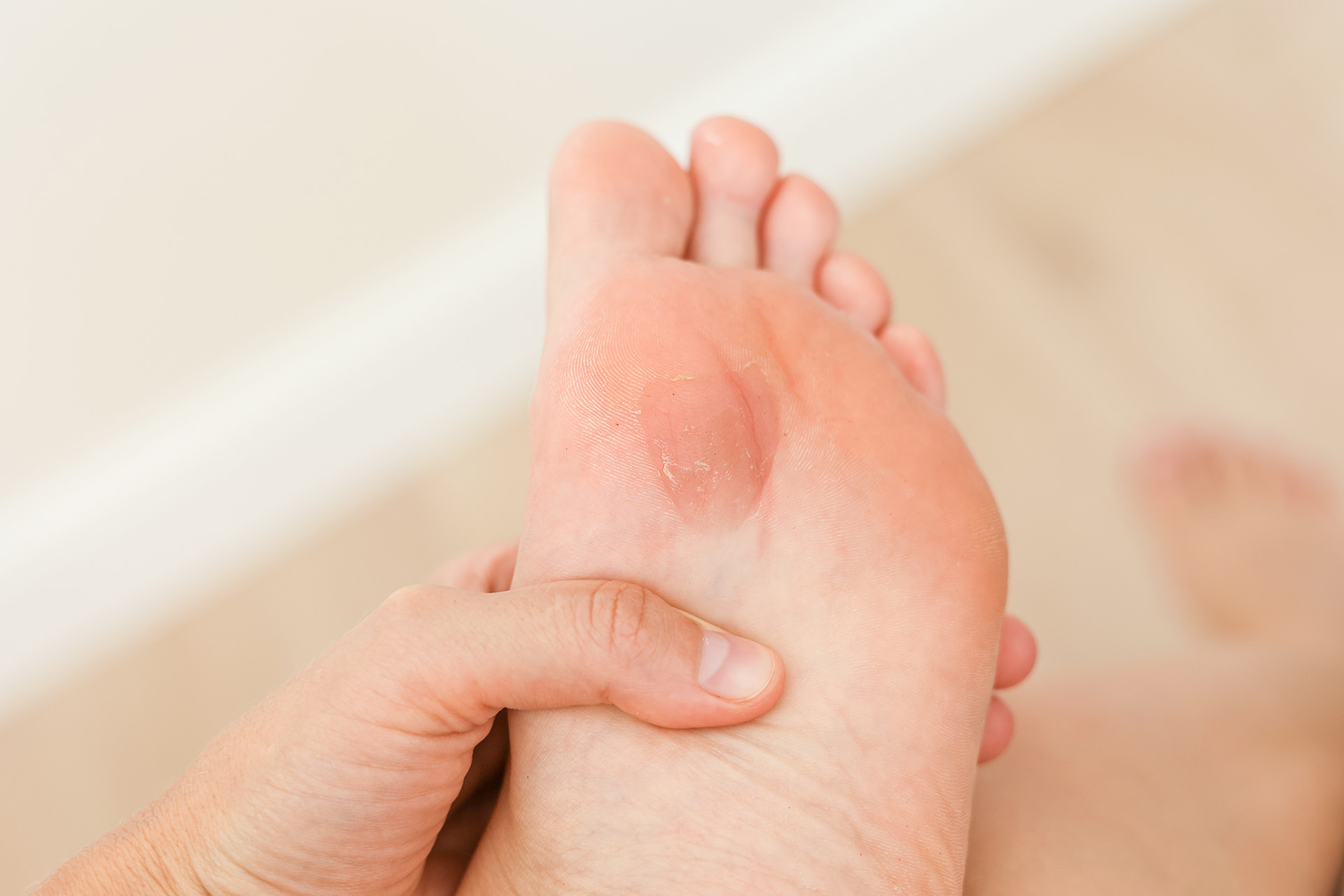
What Exactly Is a Foot Blister?
Blisters are small pockets of clear fluid on the skin, specifically in the top layer, that are a protective response to injury. This clear fluid, or sometimes blood-tinged, cushions the affected area underneath the blister, acting as a natural form of protection. While the body’s response is protective, that doesn’t mean it’s painless.
A rough surface or new shoes are common triggers for foot blisters, especially when walking or running for hours. A blister on the bottom of the foot or heel may emerge after hours of walking in hot conditions or running in new trainers. They can also form due to the pressure on the foot from exercise or sports. For footballers in particular, a tight or stiff upper in a new boot can create concentrated friction points leading to blisters that affect play.
But not all blisters are caused by friction.
Some, especially those caused by infections, can be easily misdiagnosed if you’re only looking at the surface. One such example is the vesicular type of athlete’s foot. This is a fungal infection characterised by small, itchy blisters, usually on the sole or between the toes, but can also appear elsewhere. These blisters may burst or peel and are often mistaken for standard friction injuries, but require a completely different treatment approach.
Other infectious diseases and certain skin conditions or medical conditions can also cause blisters to form on the feet. Another type of blister is the blood blister, which is when the blood vessels are damaged, allowing blood to fill the blister instead of clear fluid. Blood blisters can be caused by trauma, such as pinching or crushing the skin, and may require special care to prevent infection.

Don’t Ignore a Blister on Feet
It’s tempting to treat a blister on feet at home with a quick plaster and hope for the best. While this may work for a one-off friction spot, recurring blisters, especially in the same area, are often a sign that something deeper needs to be addressed.
A blister on the sole, for example, could be due to poor pressure distribution during gait. Repeated irritation in the same area suggests a possible biomechanical issue, such as overpronation or a misaligned foot structure. At The Foot Practice, we utilise tools such as the RehaWalk® pressure sensor treadmill analysis to map how your feet strike the ground precisely. This allows us to identify pressure hotspots and assess how your gait may be contributing to the recurrence of your blisters.
In cases where uneven loading is the root cause, we will prescribe custom orthoses. These precision-made inserts help distribute pressure more evenly, reduce friction, and minimise the chance of further skin trauma. Wearing shoes that don’t fit properly or are worn out can increase the risk of blisters caused by friction and pressure. That’s why, alongside orthotic support, our podiatric team conducts comprehensive footwear assessments to ensure your shoes are not only stylish but also supportive in all the right places. A poorly fitting football boot or a running shoe with worn-out cushioning can make all the difference between blister-free performances and regular setbacks.

How to Treat Blisters: Foot Blister Care That Goes Beyond the Surface
Effective foot blister care is about more than reacting to pain. It’s about prevention, education and regular maintenance. That’s why our treatment plan often includes guidance on how to heal foot blisters, with a strong focus on preventing blisters through proper foot care and the use of suitable equipment. This includes hygiene recommendations, proper sock choices and skincare regimes.
When it comes to sock choices, we recommend sports socks for their moisture-wicking and protective properties, especially during physical activity. Sports socks help to reduce friction, manage moisture, and provide extra padding, all of which are key in preventing blisters. We also offer professional skin and nail care, which is particularly important for patients prone to excessive callus formation or excessive sweating. Hard skin can cause friction, and thickened nails can alter the way pressure is distributed across the foot. Regular podiatric maintenance keeps your skin in optimal condition and reduces the risk of blisters forming.
For those with an infected or open blister on the bottom of the foot or one that has developed into a blister inside the foot tissue (such as in cases of deeper burns or severe fungal infection), prompt treatment is essential. Left untreated, these can become breeding grounds for bacteria, especially for those with diabetes or compromised circulation. In such cases, our team may recommend specialist wound care or antifungal therapy paired with biomechanical correction and footwear modification.
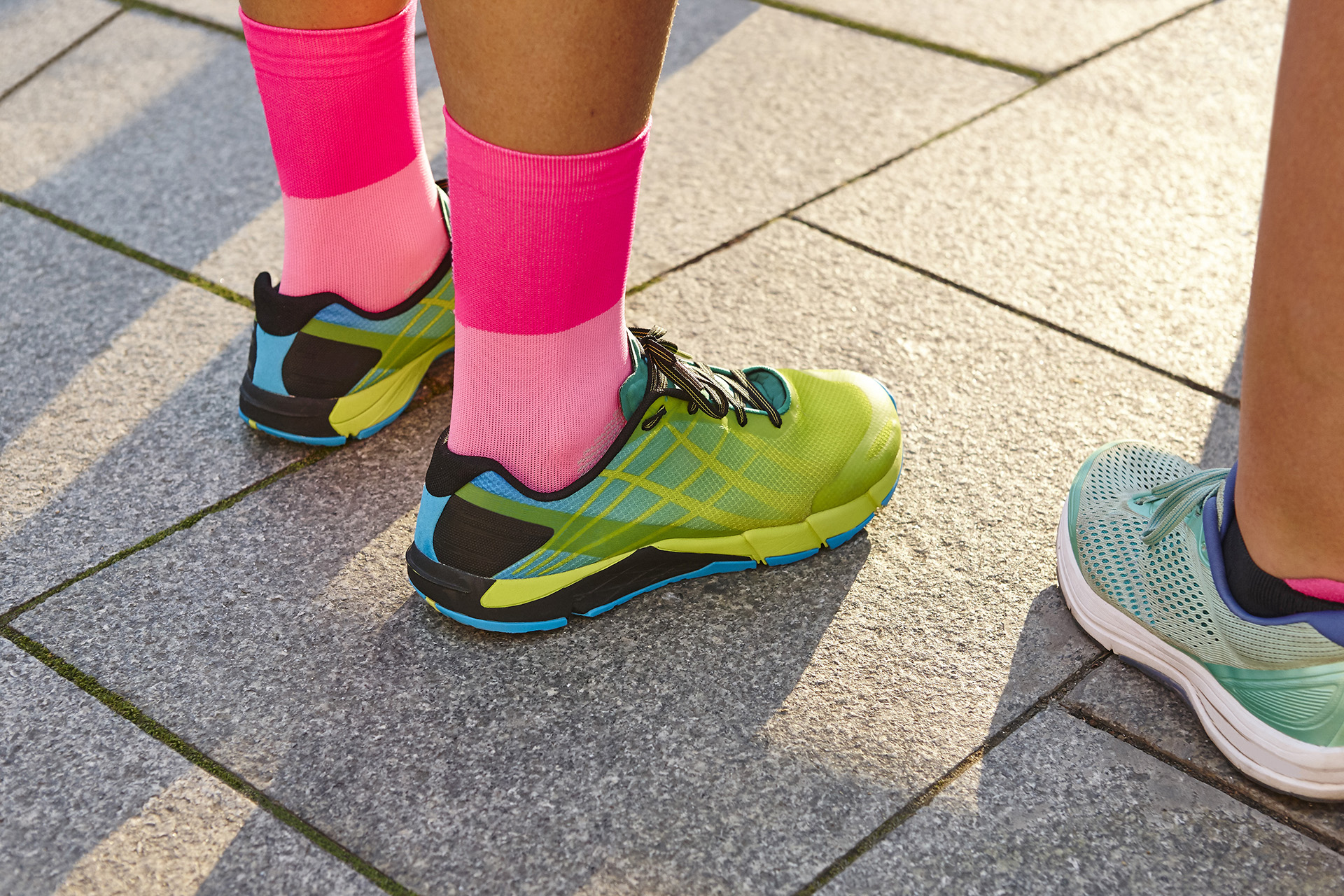
How Long Does It Take for a Foot Blister to Heal?
The answer to how long for a foot blister to heal depends on a few factors: the size, location, cause and whether the blister has burst or become infected. Typically, an uncomplicated blister on the foot should start to dry and reabsorb within 3 to 7 days. However, a blister on the base of the foot that is subject to ongoing friction may take longer to resolve, especially if the source of pressure isn’t addressed.
The best way to accelerate the healing process is to minimise further irritation and allow the blister to remain intact. Keeping the blister intact protects the skin beneath and helps blisters heal naturally. Most blisters heal on their own within a few days, especially if the dead skin and remaining skin stay in place. If it has already burst, careful cleaning, appropriate dressings, and padding to offload the area can help protect it as it heals, relieve discomfort and prevent further damage. Even if it seems like the blister is gone, don’t remove any dead skin as it acts as a natural barrier while the area recovers.
At The Foot Practice, we often combine physical solutions with ongoing monitoring to ensure optimal recovery and long-term results. By identifying what caused the blister in the first place, we can help you avoid falling into a cycle of repeated injury. If you have a large or painful blister, professional care may be needed to ensure proper healing and avoid complications.
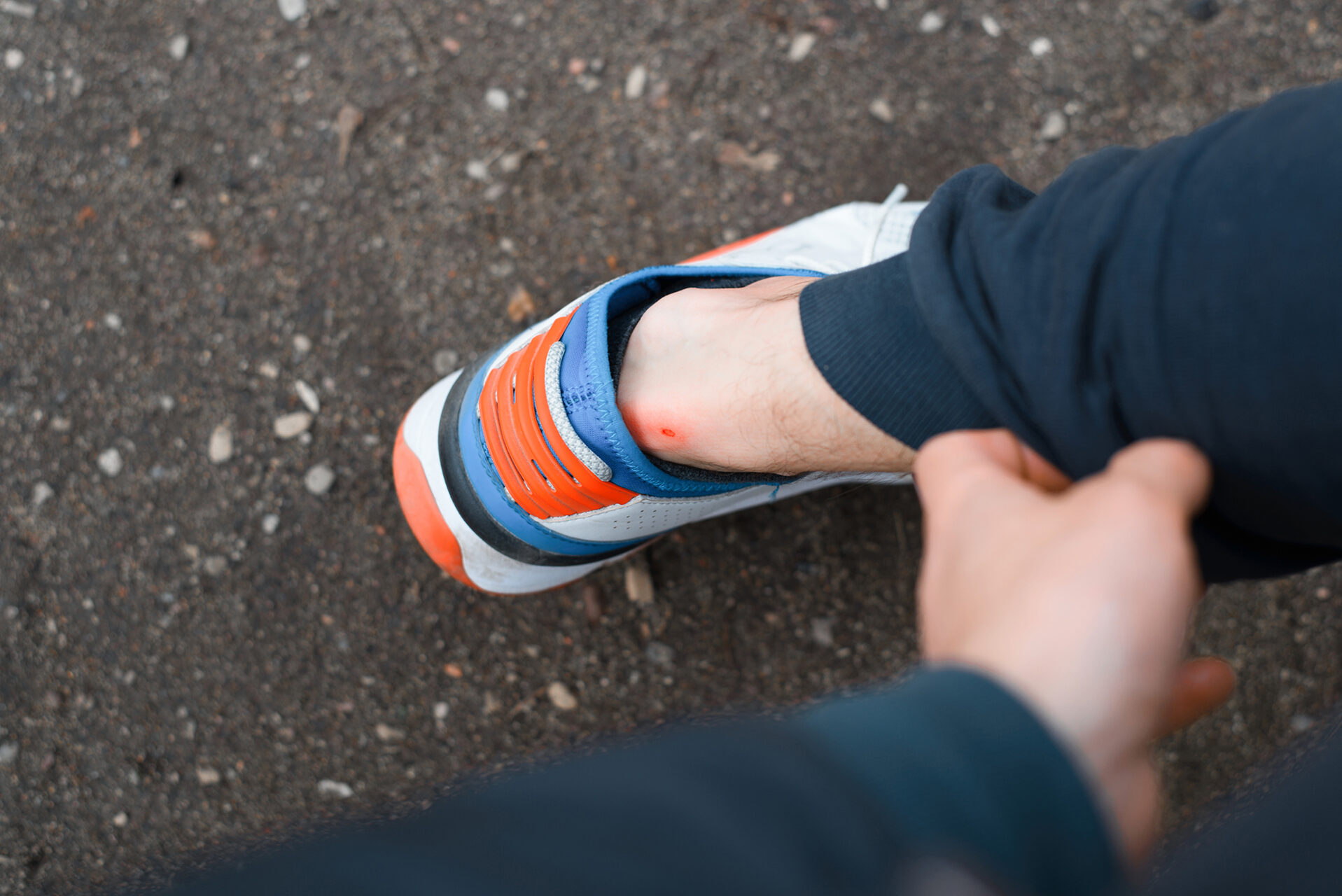
The Cure for Foot Blisters Starts With Proper Assessment
There is no one-size-fits-all solution to foot blisters. The answer lies in a bespoke approach that takes into account your activity level, foot mechanics, footwear choices and overall skin health. A runner with a blister on the bottom of the foot from training for a marathon has very different needs compared to a patient with a blister inside the foot caused by an untreated fungal infection.
Our integrated care model brings together every element of foot blister treatment. From advanced gait analysis using the RehaWalk system to the design of custom orthoses and tailored footwear advice, we take a holistic approach at The Foot Practice. By addressing the cause and the consequence, we help patients walk, run and train with confidence, free from the pain and disruption that blisters often bring.
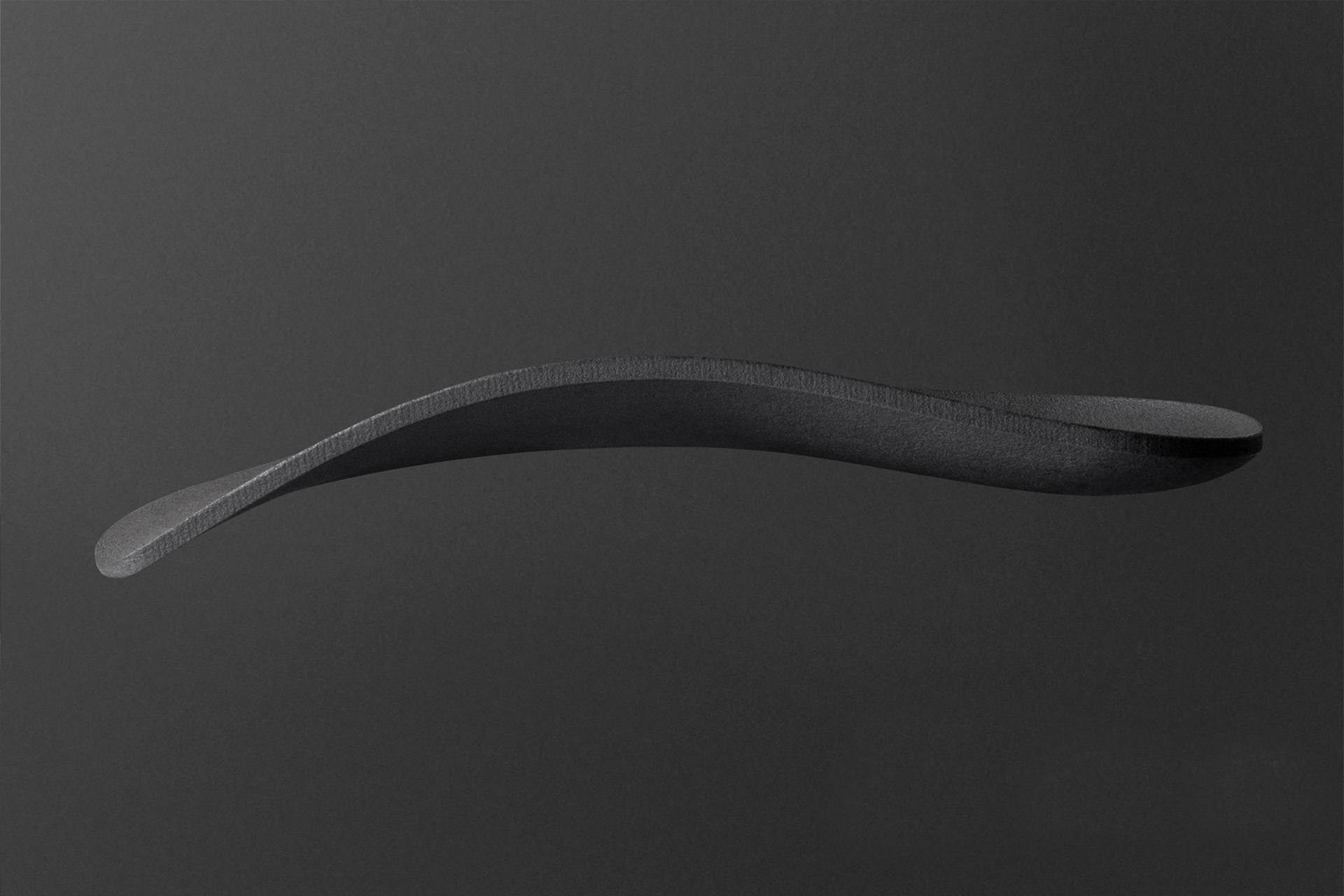
Managing Foot Irritants: The Overlooked Key to Blister Prevention
To prevent friction blisters and help blisters on feet heal naturally, manage your everyday foot irritants. Many people only think about treating blisters after they develop, but taking steps to reduce friction and control excessive moisture can make all the difference in keeping your feet blister-free.
Friction is the primary cause of most blisters on the feet and is often exacerbated by ill-fitting socks or shoes that don’t provide sufficient support. Switching to moisture-wicking socks and selecting comfortable shoes that fit correctly can help reduce friction and prevent blisters from forming. For those prone to blister formation, applying talcum powder or a thin layer of petroleum jelly to high-risk areas can help prevent chafing and keep the skin protected during activity.
Keeping your feet clean and dry is another essential step, especially if you have sweaty feet. Excessive moisture creates the perfect environment for fungal infections and bacterial infections, both of which can lead to infected blisters and further complications. After exercise or a long day on your feet, be sure to wash with mild soap, dry thoroughly, and change into clean socks. If you’re involved in activities that put your feet at risk, such as hiking or sports, consider using protective gloves or extra padding in your shoes to reduce friction.
When blisters do form, proper care is key to preventing infection and promoting healing. Keep the blister clean and dry. Apply an antibiotic ointment and cover it with a hydrocolloid dressing to protect the area and support the skin’s natural barrier. Don’t pop or drain the blister, as this can increase the risk of infection and slow the healing process.
By managing foot irritants, choosing the right socks and shoes, practising good hygiene, and addressing any underlying skin conditions, you can reduce the risk of painful blisters and keep your feet healthy and comfortable. Sometimes, blisters that recur or are painful may be a sign of underlying medical conditions, such as dyshidrotic eczema or contact dermatitis. If you notice blisters forming frequently or other symptoms, consult a healthcare professional to identify and address the root cause.
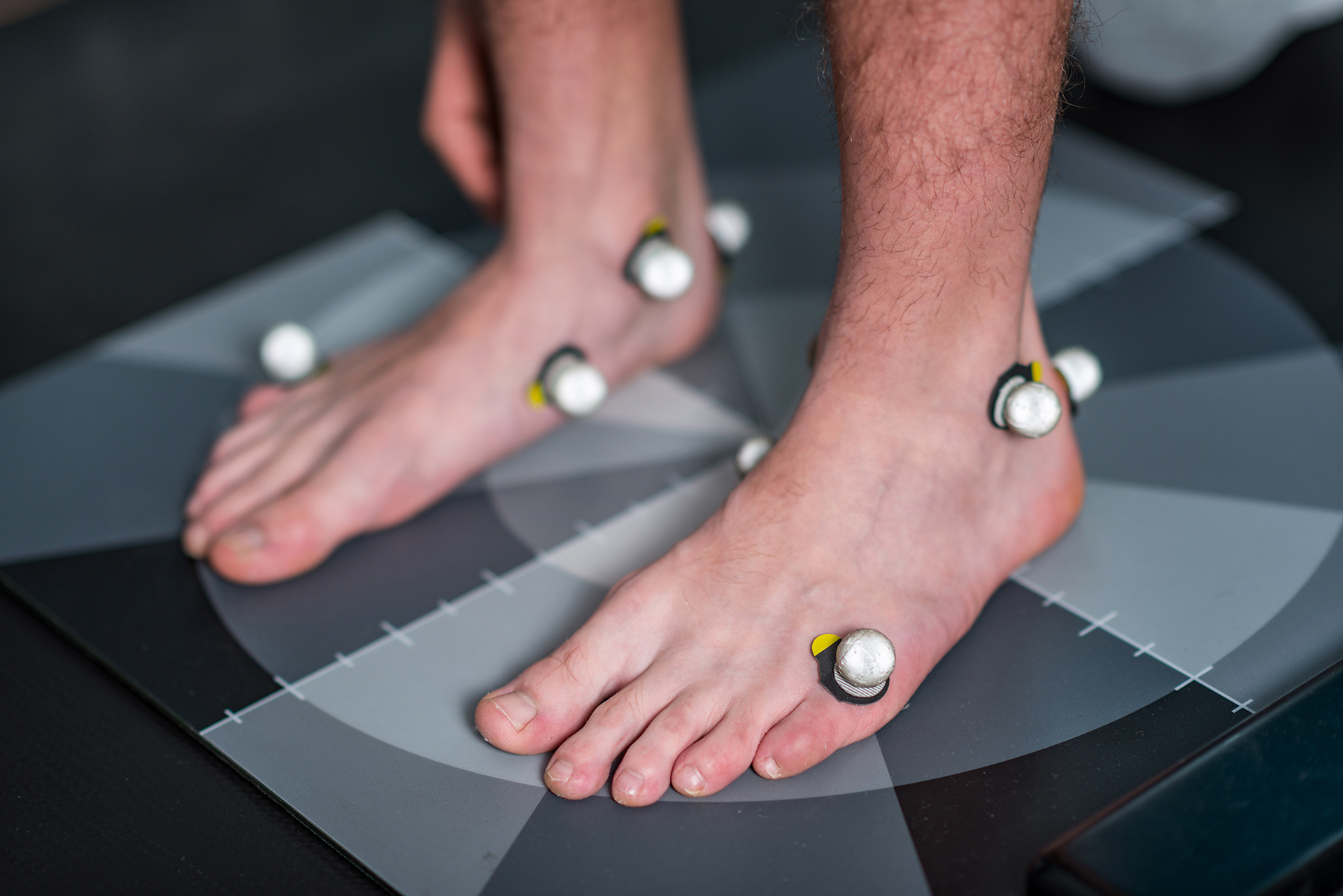
Stop Persistent Blisters
If you have a blister that won’t heal or recurring spots that are a problem, don’t wait for them to get worse. At The Foot Practice, we provide expert, comprehensive care to help you recover and get back on your feet pain-free.
Book a consultation with our podiatry team today and start your journey to long-term foot health.

